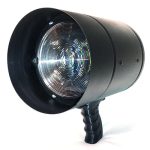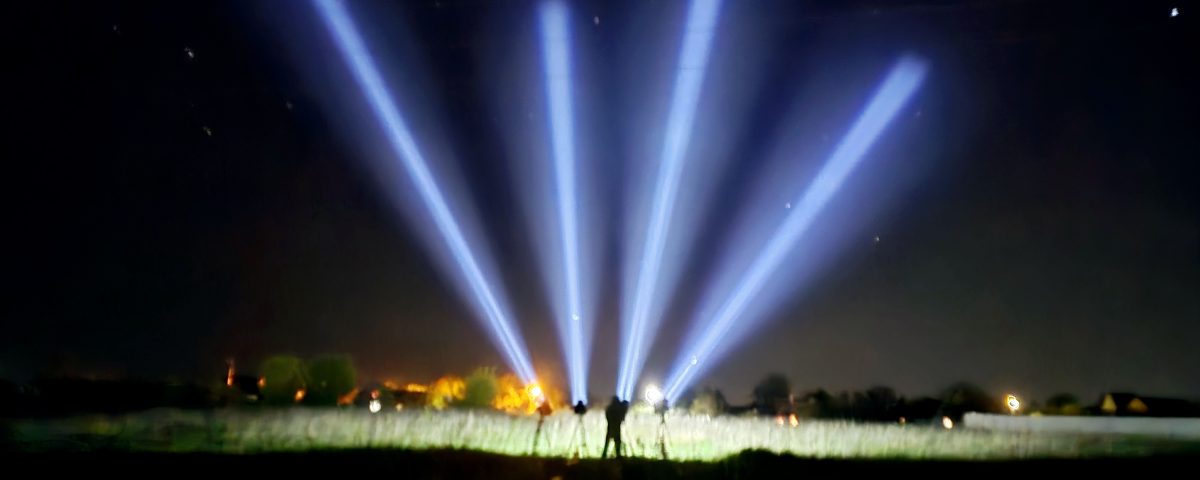
Searchlights of the “PSK” series
29.04.2024When communicating with a client, almost always everyone faces the objection “it’s expensive”. In our turn, we are ready to explain why the price of our goods is exactly that and what you are really paying for.
As an illustrative example, we decided to provide you with the original correspondence between our manager and the client.
Good afternoon!
You have one of the most expensive ceiling lamps. With a power of 32W, they produce 4160Lm. Could you please explain
What is the reason for such a luminous flux?
What kind of warmth do your lamps provide?
Is it possible to calculate the required luminous flux to obtain at least 300 Lux (in your case, it makes sense to set the upper limit at 400 Lux)?
Best regards
Anonymous
Answer from our manager.
Good afternoon.
The opinion that our ceiling lights are expensive is wrong. The answer lies in the quality of light.
If we divide the cost of our lamp by the luminous flux and compare this indicator with other models, it turns out that our lamps are even cheaper…
And the point is this:
We use LEDs with a light output of 160 Lm/W, not 80 or 110.
We use a transparent light screen made of polycarbonate, not polystyrene. Losses on polycarbonate are 5%, on polystyrene up to 15%.
3 We manufacture the body entirely from aluminum. This significantly reduces the thermal load on the LEDs, which means an additional 4-6% increase in light output.
Simple calculation
Our colleagues in the lighting shop use “cheap China” with a light output of 110 Lm/W at 25 degrees on the crystal. But this can only be the case at sub-zero room temperatures (which is absurd in the case of a kindergarten).
As the temperature rises, the luminous flux drops by 5-10%. Let’s take a loss of 7.5%.
We get 110 lux – 7.5% = 102 lux.
Now let’s take into account the losses on the glass. Let’s take 10%.
We get 102Lm.-10%=92Lm.
The diode power supply itself does not have 100% efficiency. Typically, losses are 5-8%. Let’s take 6%.
We get 92Lm – 6% = 86.5Lm.
And this is ideal. And usually it is 80Lm/W and no more.
Now let’s make a similar calculation for our lamps.
Our expensive diodes have a light output of 160 Lm/W at 25 degrees on the crystal.
Thanks to our expensive aluminum housing, at a room temperature of 24 degrees,
the temperature on the crystal does not exceed 35 degrees, which means that the loss is only 0.7-1%.
We get 160Lm.-1%=158.4Lm.
Now let’s take into account the losses on expensive polycarbonate glass – 5%.
We get 158Lm.-5%=150Lm.
The diode power supply itself does not have 100% efficiency. Usually, losses are 5-8%. Let’s take 6%.
We get 150Lm.-6%=141Lm.
And so it is. But in order not to completely “kill” the pride of our colleagues in the lighting department.
we underestimate this figure by another 10%.
So it turns out that if we divide 4160 Lm by 32W, we get only a modest 130Lm/W.
And these lumens will be there in any weather and even after the matrices and glass age in about 7-10 years.

